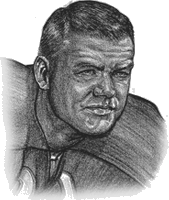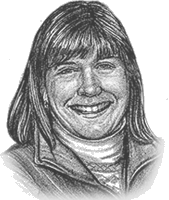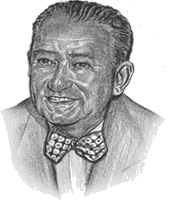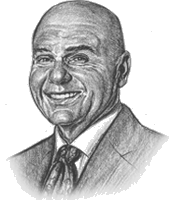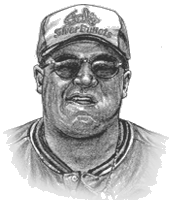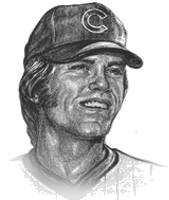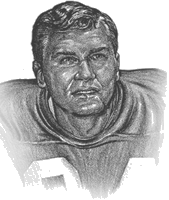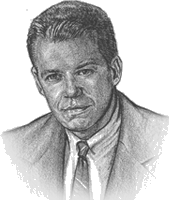If it hadn’t been for a junior golf tournament that she entered as a 10-year-old, Barb Mucha may be rolling strikes instead of putting for birdies. She won the tournament, fell in love with golf, and the bowling ball went into mothballs.
The rest is professional golf history. Mucha, a Parma Heights native and a graduate of Valley Forge High and Michigan State University, won five times on the LPGA tour with career earnings of $2.4 million.
Perhaps even more impressive than Barb’s victories was her consistency. Of the 321 LPGA tournaments in which she competed, Mucha posted top 10 finishes an astonishing 115 times, including 30 of them in her last 37 tour stops from 2004 through 2009.
Barb credits the yearly season pass that her parents, George and Lillian, bought her to Ridgewood Municipal Golf Course in Parma where she studied under head pro Leo Zampedro. Mucha believes Zampedro, who became her longtime coach, is the reason she was a success on tour.
There is also a tip of the hat towards the ethnic kitchens of her hometown. Barb admits to developing a weakness for pierogies and baklava.
She turned professional in 1985, playing the Futures Tour where she posted six victories over two years on the rookie circuit. Barb qualified for the LPGA tour in 1987 and won her first tournament, the 1990 Boston Five Classic, in a playoff.
Her other victories came in the 1992 Oldsmobile Classic, the 1994 State Farm Rail Classic, the 1996 Chick-fil-A Charity Championship and the 1998 Sara Lee Classic (in a four-way playoff).
Barb’s career low round was a sizzling 62, shot in the spring of 1999. She has made 17 holes-in-one.
Although she retired from the LPGA tour in 1999, Barb continues to play competitive golf on the Legends Tour and remains the model of consistency (eight Top 10 finishes from 12 appearances.) She also teaches at Grand Cypress Resort in Orlando, Florida.



